| 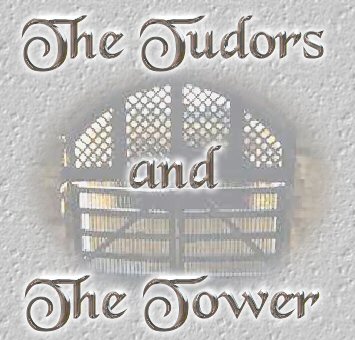
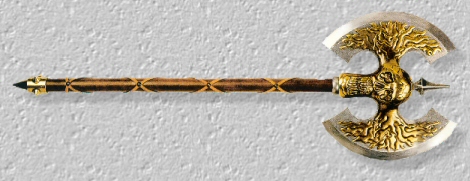 The Tower of London began its life as a simple timber and stone enclosure. The original structure was completed by the addition of a ditch and palisade along the north and west sides. This enclosure then received a structure of stone, which came to be called The Great Tower and eventually The White Tower. It has been used as a fortress, a prison, an arsenal, as a home for kings and queens, as an observatory, and as a royal mint and treasury. 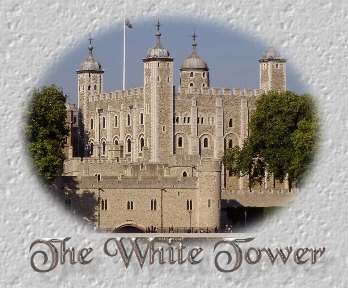
Ordered by William the Conqueror in 1067, the Tower began to take its present-day shape under the castle-building father & son team of Henry III and Edward I. The first Tudor monarch, Henry VII, was responsible for extending his own lodgings around the Lanthorn Tower, adding a new private chamber, a library, a long gallery, and also laid out a garden. The Queen's House was built in about 1530 by order of Henry VIII in anticipation of his second queen’s coronation, and possibly replaced a medieval constable's house. 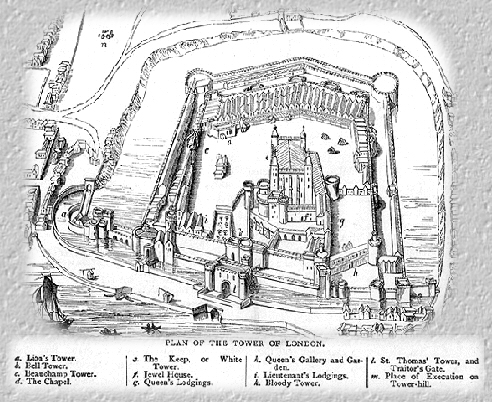
As part of his building program, Henry VIII extensively renovated the royal apartments in the White Tower, built a gallery for himself between the Salt Tower and the Lanthorn Tower, and rebuilt the Chapel of St. Peter ad Vincula, which had been destroyed by fire. A new Jewel House was built south of the White Tower. Guns were positioned on various towers, including the White Tower, to command both the city and the River Thames. The roof beams had to be strengthened in order to carry the weight. He also set up a gun foundry in the Tower or close to it, as well as a gunpowder mill. Henry had so much ordnance he used all available space within the Tower for storage. Unfortunately, the workmen didn't take proper precautions when storing the gunpowder. In 1548 the Lion Tower was badly damaged by an explosion. Elizabeth I constructed a new mint within the Tower walls. The new mint house was constructed near the Salt Tower, between the inner and outer walls. Two refining houses were also constructed, one at Coldwater Gate within the Tower, the other in East Smithfield just outside the Tower walls. With the expansion of the Mint, space within the Tower was even harder to find. For a time ordnance was stored in the queen's chamber. Later, a new storehouse was built just south of the White Tower. 
In 1562 the Office of Ordnance took over the Minories, a property near the Tower, which had once been a convent. It now became the main ordnance storehouse. The White Tower was given over to the Armouries, which had been augmented since Henry VIII's time by pieces from Westminster and Greenwich. It was also used as a royal furniture repository and stored a costume collection. A royal museum was taking shape. An account of a visit to the Tower was left by a German traveler who visited in 1598. "We were shewn above a hundred peices of arras belonging to the corwn, made of gold, silver, and silk; an immense quantity of bed-furniture, such as canopies and the like, some of them most richly ornamented with pearl; some royal dresses so extremely magnificent, as to raise any one's admiration at the sums they must have cost." In the armoury he saw many cannon and ..."spears, out of which you may shoot; shields, that will give fire four times; a great many rich halberds; commonly called partisans, with which the guard defend the royal person in battle;...the body armour of Henry VIII,...the lance of Charles Brandon Duke of Suffolk, three spans thick." 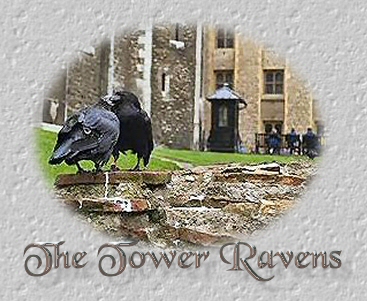
It is not known when the ravens first came to the Tower of London, but their presence there is surrounded by myth and legend. Unusually for birds of ill omen, the future of both country and kingdom relies upon their continued residence, for according to legend, at least six ravens must remain lest both Tower and monarchy fall.
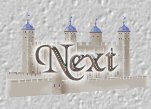
page graphix©ForeverAmber 2005©ALL MY TUDORS |
 Free Forum Hosting
Free Forum Hosting